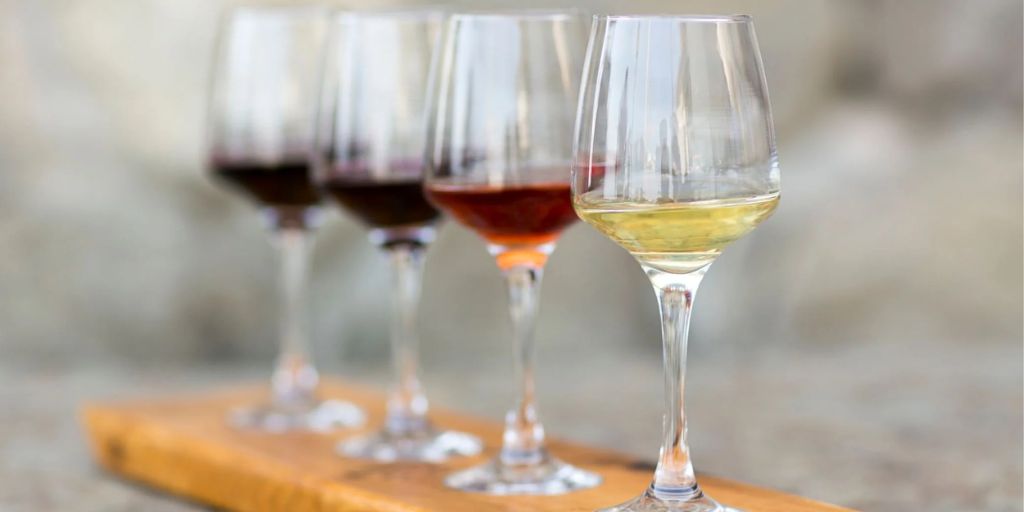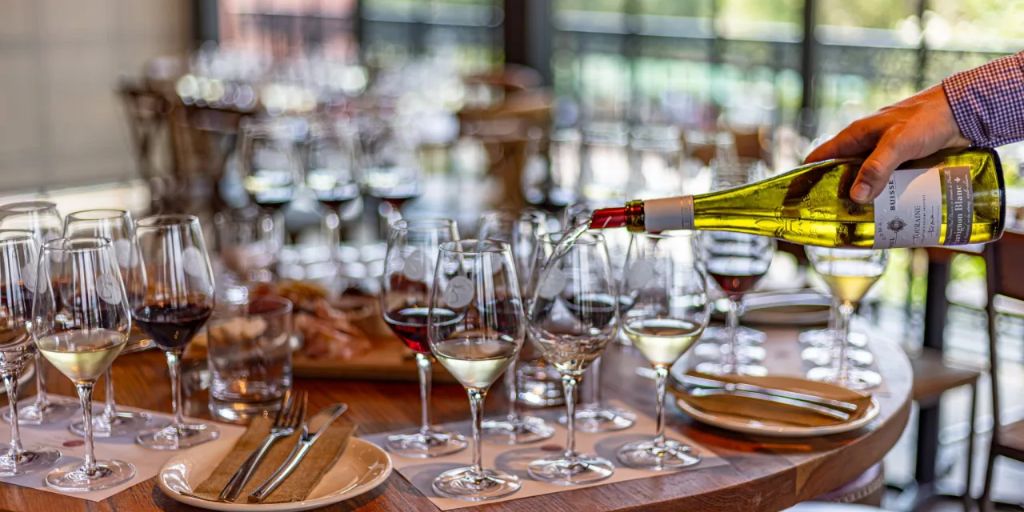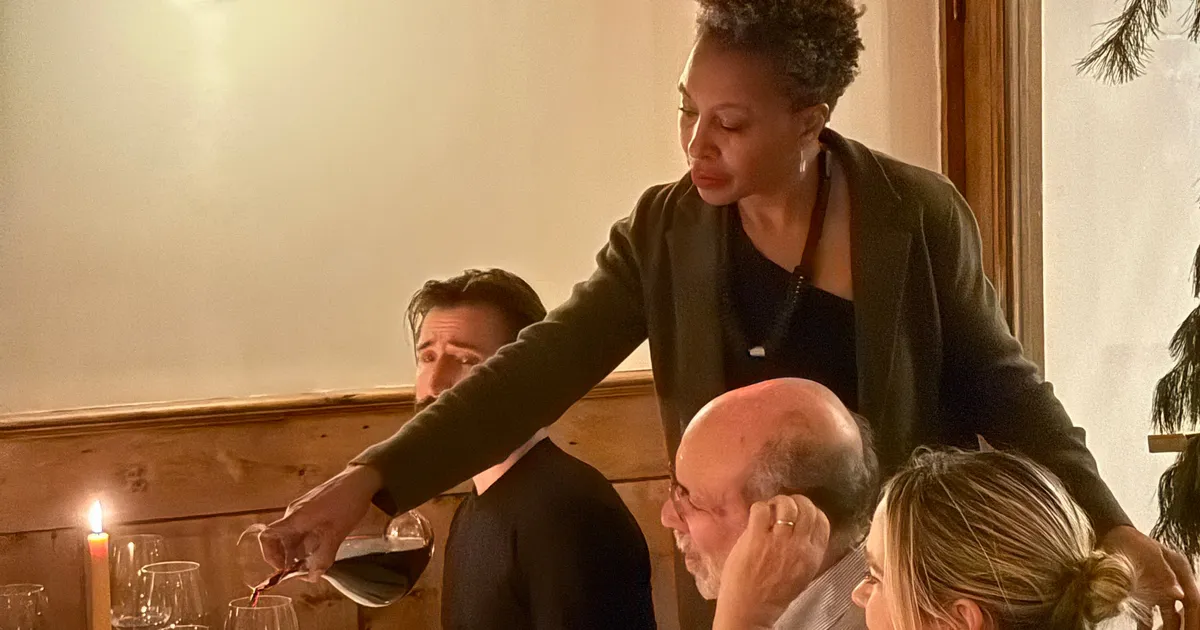For many, tasting wine is as simple as taking a sip and deciding if they like it. But for sommeliers—those trained professionals who curate wine lists and guide diners through pairings—tasting is an art and a science. It’s a disciplined, sensory experience that reveals a wine’s quality, origins, and aging potential.
The good news? You don’t need a formal certification to start tasting like a sommelier. With a bit of practice and focus, you can unlock deeper enjoyment and understanding of every glass.
This guide will walk you through the four essential steps of professional wine tasting: look, swirl, sniff, and sip. Along the way, you’ll learn how sommeliers assess wine and develop the vocabulary to express what you taste.
1. Look: Assessing the Wine’s Appearance
The first step in tasting is visual. While looks don’t always dictate quality, the wine’s appearance can offer clues about its age, style, and condition.
-
Clarity: Hold the glass up to the light or against a white background. A clear, bright wine typically indicates good winemaking, while cloudiness can suggest flaws (unless it’s a natural or unfiltered wine, where some haziness is expected).
-
Color: Tilt the glass slightly and observe the hue:
-
Whites: Young white wines range from pale lemon to golden straw. As they age, they deepen to amber.
-
Rosés: These range from pale salmon to vibrant pink and fade toward orange as they age.
-
Reds: Young reds show vivid ruby or purple hues, while older wines develop garnet or brick tones at the rim.
-
-
Legs (Tears): After swirling, observe the “legs” running down the glass. While once thought to indicate quality, they more accurately reflect alcohol and sugar content. Slow, thick legs often mean higher alcohol or residual sugar.
What sommeliers look for: Color saturation can hint at grape variety and climate; for example, a pale red might be Pinot Noir, while a deep, inky hue could suggest Syrah or Malbec.
2. Swirl and Sniff: Unlocking Aromas
The nose is where much of wine’s magic happens. Swirling aerates the wine, helping volatile compounds evaporate so you can better detect aromas.
-
First Sniff: Before swirling, take a gentle sniff to catch delicate top notes.
-
Swirl and Sniff Again: Give the wine a good swirl, then inhale deeply with your nose inside the glass. Take your time—this is where you’ll uncover the wine’s story.
Primary Aromas: These come from the grape itself:
-
Fruity: Red berries, citrus, stone fruits, tropical fruits.
-
Floral: Rose, violet, honeysuckle.
-
Herbal/Vegetal: Bell pepper, grass, mint.
Secondary Aromas: These develop during winemaking:
-
Yeast/Toast: Bread dough, brioche (common in sparkling wines).
-
Dairy: Butter, cream (often from malolactic fermentation).
-
Oak Influences: Vanilla, smoke, cedar, spice.
Tertiary Aromas: These develop with age:
-
Red Wines: Leather, earth, dried fruit.
-
White Wines: Honey, nuts, petrol.
What sommeliers look for: A well-made wine is balanced in aroma, with no overwhelming or “off” scents like wet cardboard (cork taint) or vinegar (oxidation).
3. Sip: Analyzing Taste and Structure
Now it’s time to taste—but it’s more than just drinking. Sommeliers “chew” the wine, moving it around their mouth to engage all taste receptors.
Key elements to assess:
-
Sweetness: Is the wine bone dry, off-dry, medium-sweet, or lusciously sweet?
-
Acidity: High-acid wines make your mouth water. Riesling and Sauvignon Blanc are good benchmarks for acidity.
-
Tannin: These are the bitter, astringent compounds in red wine that create a drying sensation on your gums. Thick-skinned grapes like Cabernet Sauvignon have higher tannins.
-
Alcohol: Notice the warmth or burn at the back of your throat. Typical table wines range from 11% to 15% ABV.
-
Body: This is the weight or texture of the wine—light, medium, or full. Think of the difference between skim milk (light-bodied) and whole milk (full-bodied).
-
Flavor Intensity and Complexity: Are the flavors simple and straightforward or layered and evolving?
-
Finish: How long do the flavors linger? Quality wines often have a long, satisfying finish.
What sommeliers look for: Balance is key. No element (acid, tannin, alcohol) should overpower the others. A well-structured wine has harmony and persistence.
4. Conclude: Summing Up the Experience
After tasting, sommeliers mentally run through the following:
-
What is the likely grape variety?
-
Where might it be from? (Cool or warm climate?)
-
Is it young or aged?
-
Is the wine fault-free?
-
What’s the overall quality level?
For casual tasters, the most important question is: Do you enjoy it—and why? Over time, noting your preferences will help you seek out wines you love and understand your palate better.
Bonus Tips for Tasting Like a Pro
-
Right Glassware: A tulip-shaped glass concentrates aromas. Always fill only one-third of the glass to allow swirling.
-
Serve at Correct Temperature: Whites should be cool but not ice-cold (about 45–55°F), and reds should be slightly below room temperature (about 55–65°F).
-
Take Notes: Record your impressions. This sharpens your skills and creates a personal wine journal.
-
Taste Blind: Challenge yourself by covering the labels to focus purely on sensory clues.

Conclusion: Wine Tasting as an Ongoing Journey
Tasting wine like a sommelier is a lifelong learning experience. It’s about engaging all your senses and developing a vocabulary to articulate what you experience in the glass. While practice hones your skills, remember that wine is ultimately about pleasure and discovery. Trust your instincts, stay curious, and don’t be intimidated by technicalities.
Whether you’re sipping a $10 bottle or a grand cru, every glass offers a chance to explore the world of wine more deeply. So raise your glass, swirl with purpose, and savor each sip—you’re well on your way to tasting like a sommelier.


